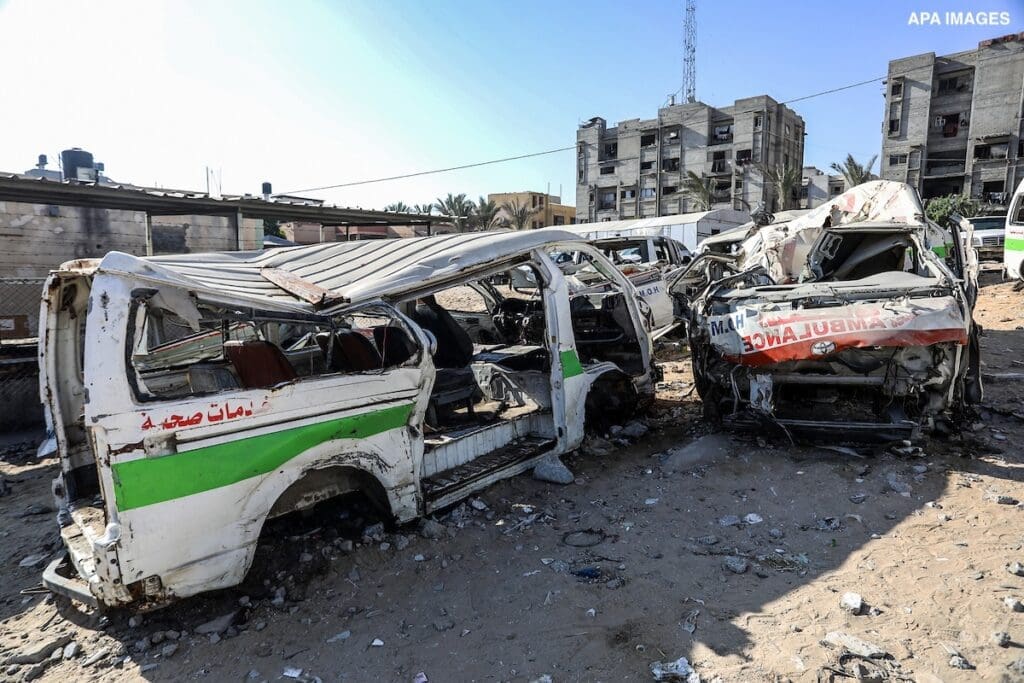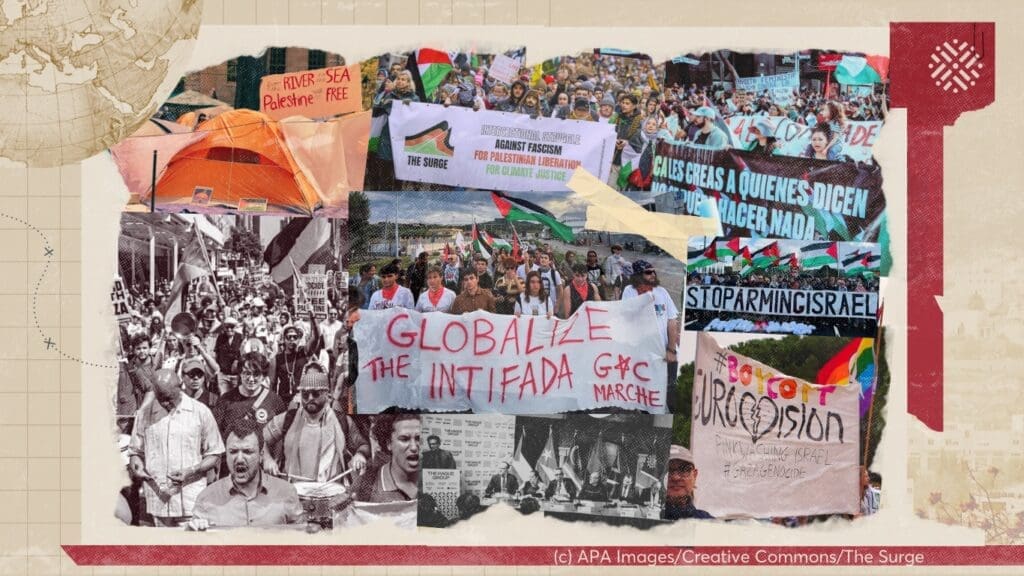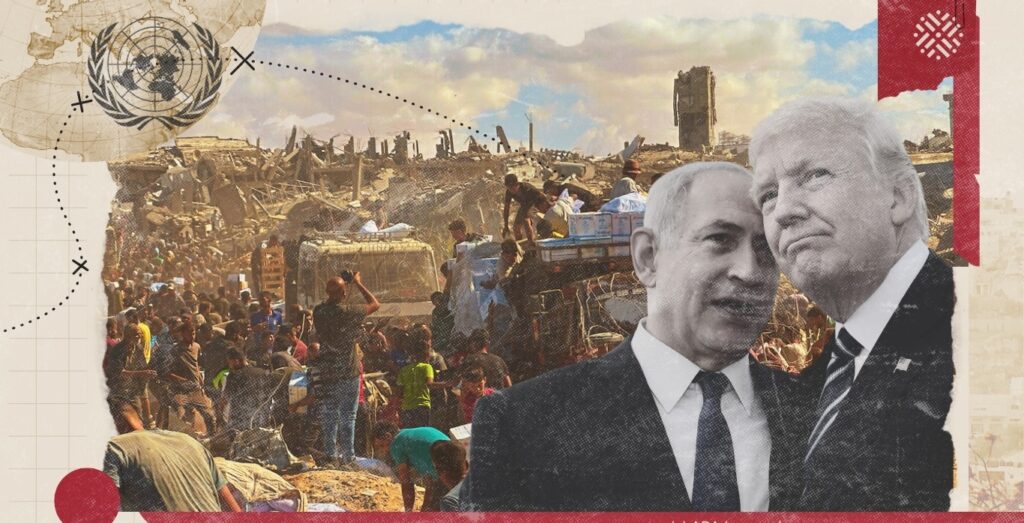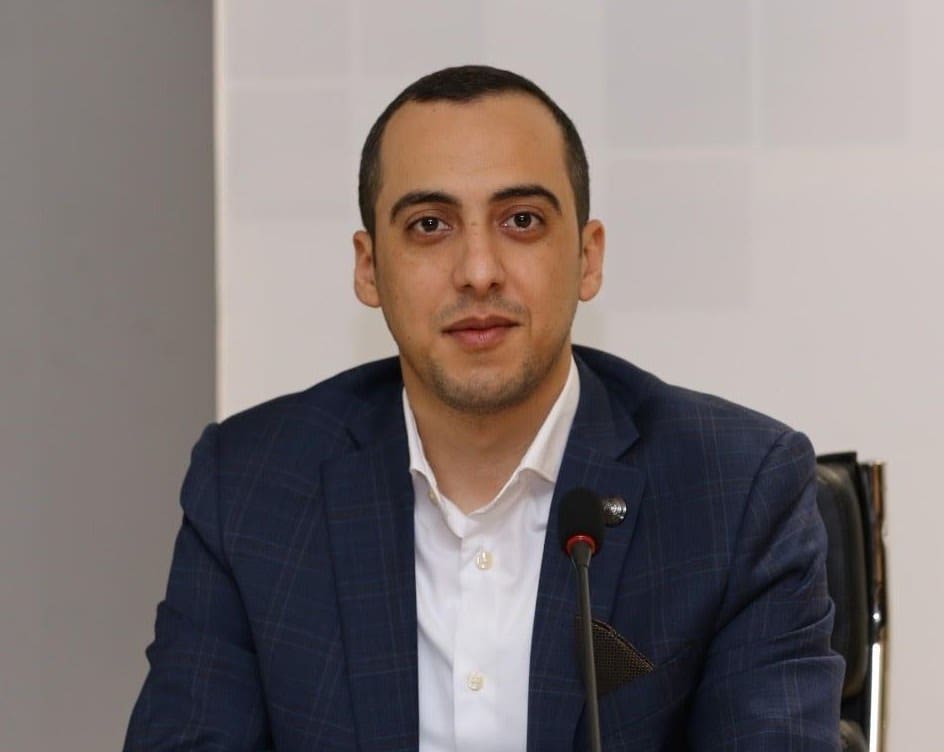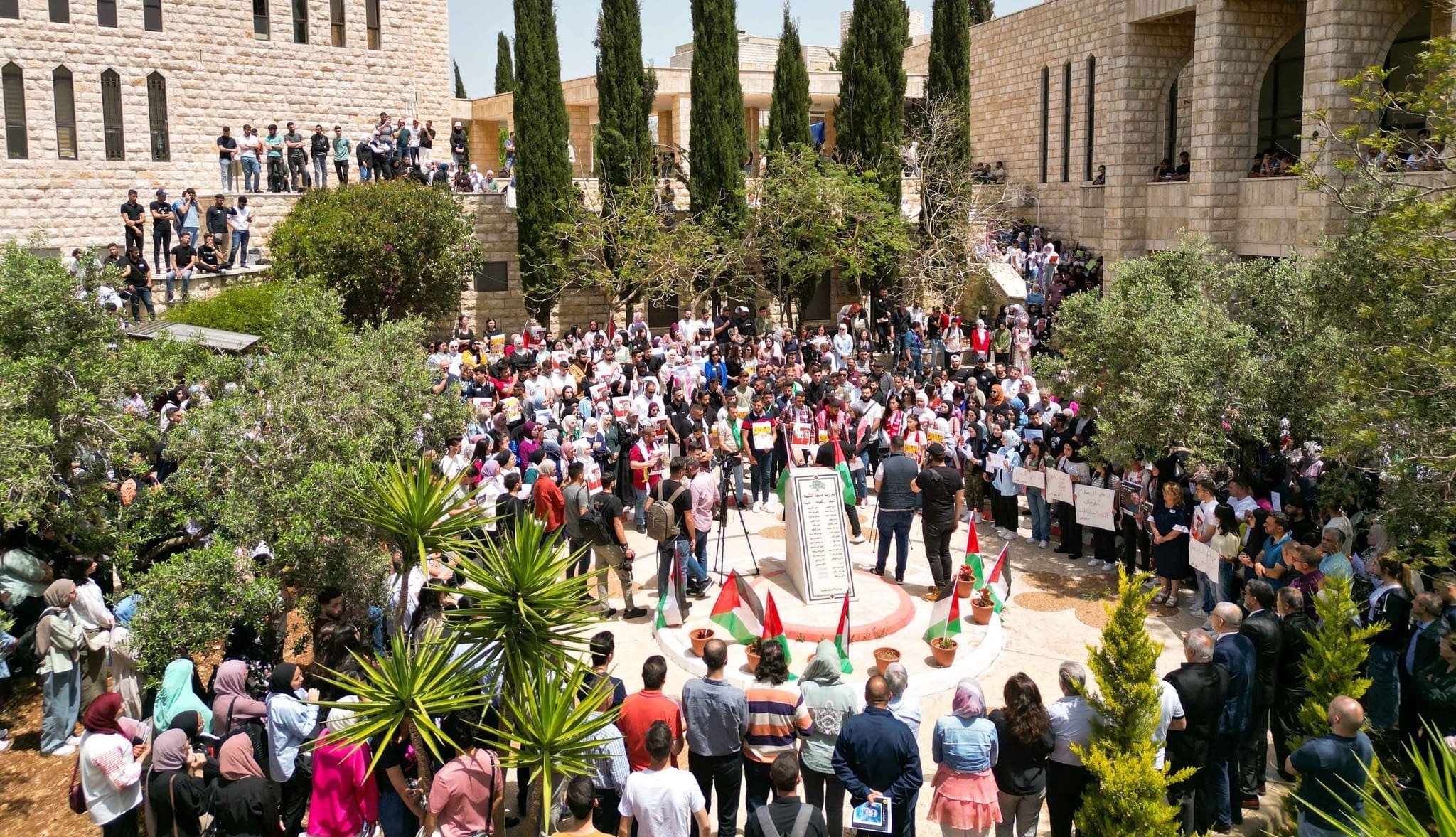
In this policy lab, Ihab Maharmeh and Ahmed Abu Ziad join us with facilitator Fathi Nimer to discuss the past, present, and future of the student movement in Palestine.
This policy lab is only available in Arabic, and may be viewed here.
Ihab Maharmeh is a researcher at the Arab Center for Research and Policy Studies in Doha, and the editorial secretary of Siyasat Arabiya. He has...
Fathi Nimer is Al-Shabaka's Palestine policy fellow. He previously worked as a research associate with the Arab World for Research and Development, a teaching fellow...
With: Ahmed Abu Ziad
In this article

